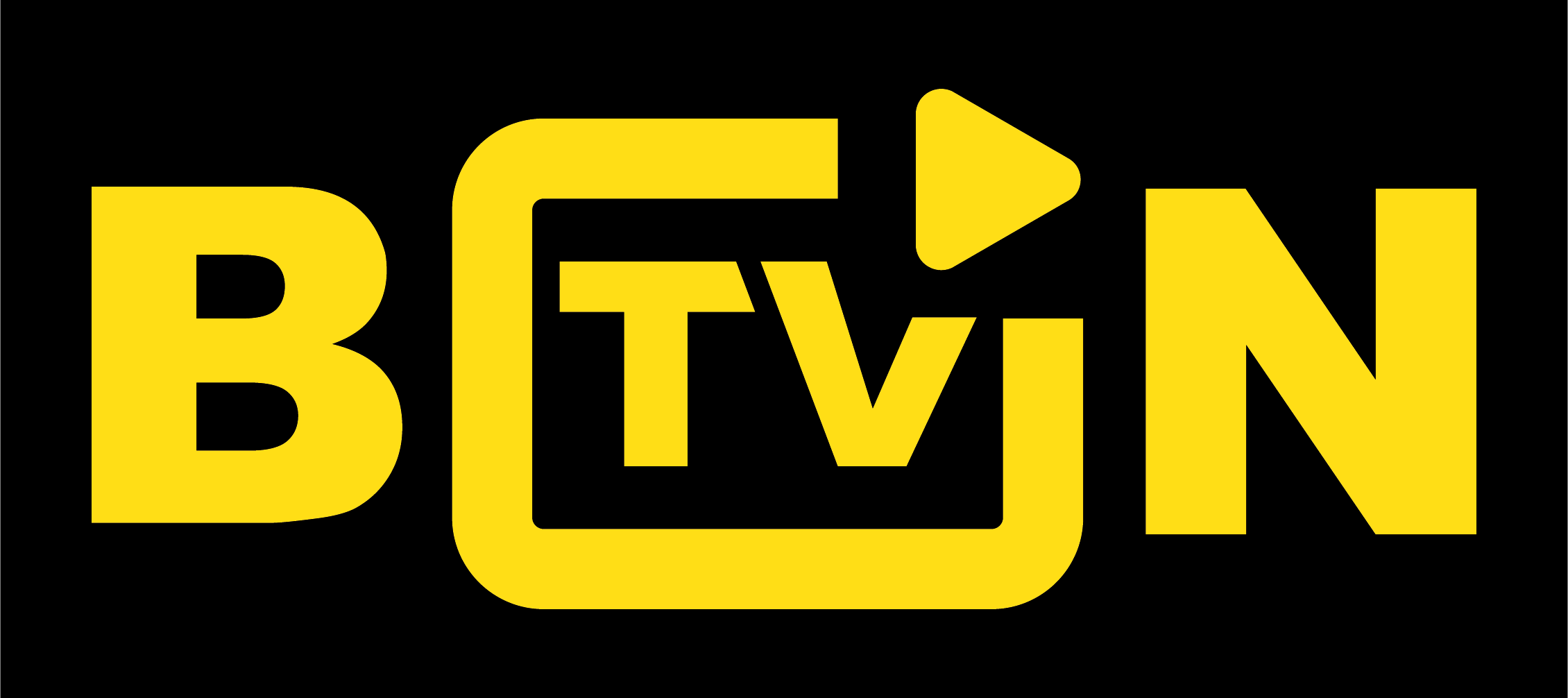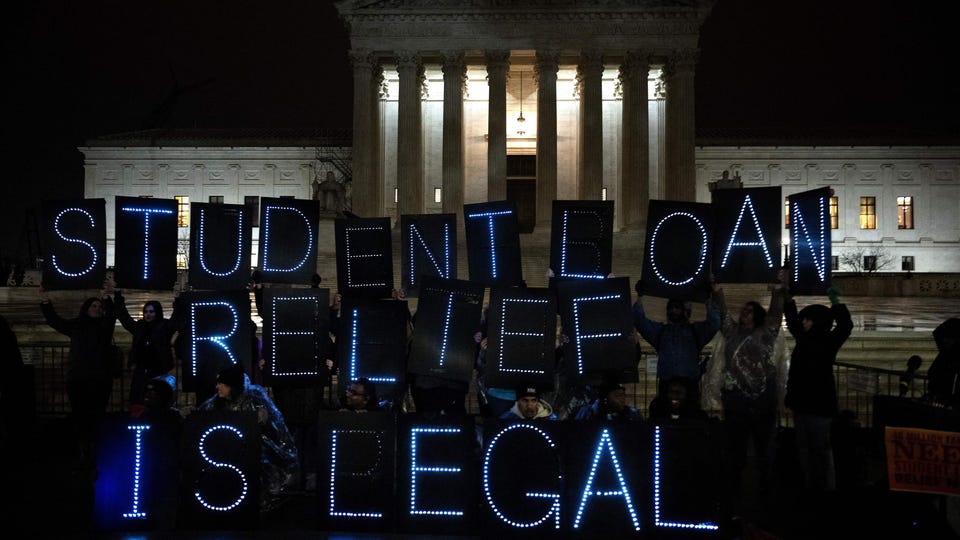By Christal Gaines-Emory, Marvin Andrade, Naoki Gima, and Porter Aydelotte
The Supreme Court argued over President Biden’s student loan forgiveness plan on Tuesday.






The Supreme Court has been discussing the legality of Biden’s plan to eliminate $400 billion in student debt across the United States. Millions of qualifying students could see over $20,000 in debt canceled depending on the case outcome.
Biden v. Nebraska and Department of Education v. Brown have made two cases.
The first is Biden v. Nebraska. Six Republican-led states, Arkansas, Iowa, Kansas, Missouri, Nebraska, and South Carolina, argued the Biden administration had exceeded its authority by using the COVID-19 pandemic to hide the true intentions of student debt erasure.
“The Biden Administration does not have the authority to unilaterally ‘forgive’ student loan debt across the board, and attempting to do so is nothing more than a political maneuver.”
Representative Jeff Duncan (R-SC)
The second case is that of the Department of Education v. Brown. Initially brought up by Myra Brown, a graduate of the University of Texas and Southern Methodist University, and Alexander Taylor, a graduate of the University of Dallas, due to both not qualifying for the full $20,000 debt cancellation.
The conservative majority of the court is hesitant and skeptical of Biden’s plan, increasing the likelihood that the bill would be struck down. “Major Questions Doctrine,” a legal theory often used by the conservative majority, expects policies from Congress to be specific on powers that have significant impacts. Under this ideology, Biden’s program faces rigid opposition.
The bill stems from the pandemic, where the Trump administration called upon the Higher Education Relief Opportunities for Students Act of 2003 (HEROES Act). The HEROES Act gives the secretary of education the power to waive or modify provisions to protect borrowers affected by national emergencies or armed conflict. The decision was carried over into Biden’s term, where now the administration hopes to use this to forgive student debt.

“The whole point of this statute, its central mission and function, is to ensure that in the face of a national emergency that is causing financial harm to borrowers, the secretary can do something.”
Solicitor General Elizabeth B. Prelogar
Chief Justices John G. Roberts Jr. and Clarence Thomas took the stance that waiving or modifying didn’t specify the cancellation of debt. The argument against the bill is that President Biden made the bill without approval from Congress. Roberts believes the Biden administration violated the separation-of-powers principles by attempting an expensive executive action without authorization.
Chief Justices Sonia Sotomayor, Elena Kagan, and Ketanji Brown Jackson believe that the HEROES Act in 2003 already decided that the decision was justified.
“There’s 50 million students who are – who will benefit from this. Who today will struggle. Many of them don’t have assets sufficient to bail them out after the pandemic. They don’t have friends or families or others who can help them make these payments.”
Justice Sonia Sotomayor

Since the start of the hearing, protestors have lined up outside the Supreme Court to support President Biden’s plan to cancel student loan debt. Students from different backgrounds and circumstances came together to support President Biden and against the Supreme Court.
The Supreme Court is predicted to reach a decision by the end of June towards July.
































